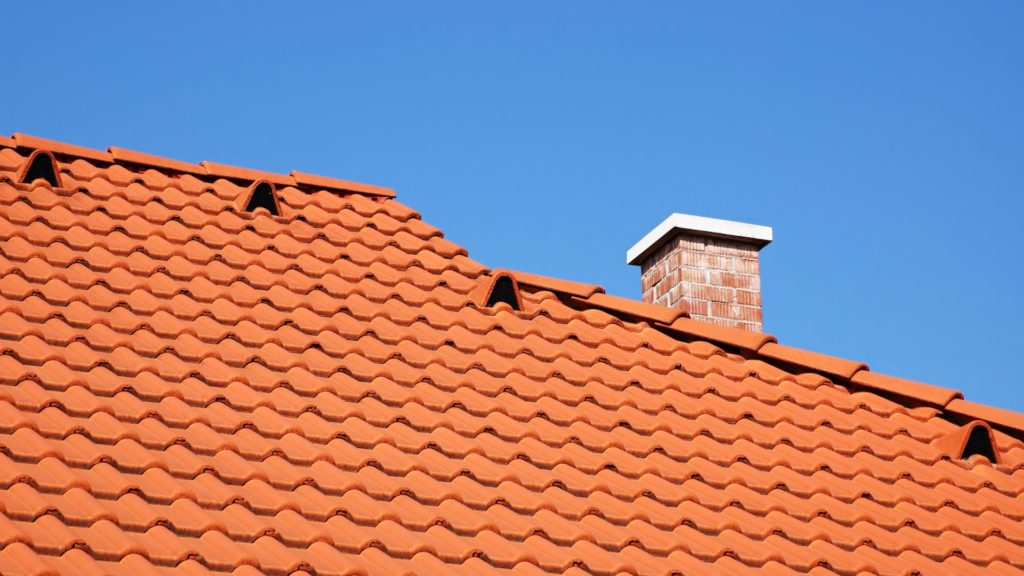Finding a small drip in the ceiling may not seem like a big deal and you might think it’s just a minor annoyance during a rainstorm or a faint stain that you mean to paint over. For those living in a humid, sunny environment like the Sunshine Coast, that tiny leak can seem like a ticking time bomb. That starts as a subtle problem; but can spiral into major damage, cost you thousands in repairs and threaten the safety of your home.
The intense sunlight, high humidity, and coastal weather can accelerate the escalation of minor roof issues and turn them into hidden dangers that you can’t afford to ignore. Please check out why these small leaks are so deceptive and how they can wreak havoc if left unchecked.
The Deceptive Nature of Small Leaks
A small roof leak doesn’t raise alarm bells at first glance. A few drops of water or a damp spot may seem manageable, which is something you can handle with a bucket or a fast patch. But roofs aren’t just a barrier against rain; instead, they’re a complex system specifically designed to protect your home from the external elements.
When that system is compromised even slightly, the consequences can ripple outward. In a subtropical climate, humidity hovers and the sun beats down relentlessly. Remember that, these leaks don’t stay small for long. Water seeps into places you can’t see, and the environment can increase the damage faster than you’d expect.
Water
The most immediate danger that a small leak can bring is the water infiltration. The moisture doesn’t dry out quickly in a humid region, as it lingers. That drip from a cracked tile or a poorly sealed flashing can find its way into your roof’s underlayment, insulation, or timber supports. Wood rots, metal rusts, and insulation can be a soggy, ineffective mess. The Sunshine Coast’s wet seasons bring in heavy downpours, which only make it worse as every rain event pushes more water into the breach.
If left unchecked, this moisture can impact your home’s structural integrity. Ceiling beams soften, walls buckle, and before you know it, that small leak has turned into a sagging roofline or a collapsed section. The cost to fix this is far more than a simple tile replacement.
Mould and Mildew
Water doesn’t just damage materials in a humid climate as it invites unwanted guests. Mould and mildew thrive in warm, moist conditions, and a small leak can make the perfect entry point. Within 24 to 48 hours of water exposure, these spores can take hold in your roof cavity, walls, or ceiling. On the Sunshine Coast, the humidity often exceeds 70%. So, drying out naturally isn’t an option. That damp patch can be a breeding ground, and soon, you have to deal with a full-blown infestation.
Mold isn’t just unsightly as it’s a health hazard. Spores spread through the air, and trigger allergies, asthma, or respiratory issues for you and your family. The longer you ignore the leak, the deeper the mould roots itself, which requires expensive remediation to rip out affected areas and restore your home. A minor drip could end up with you tearing down drywall or replacing entire sections of your roof.
Sunlight
You might think the Sunshine Coast’s abundant sunshine would help dry out a leak. But it often does the opposite as it accelerates the problem. UV rays relentlessly bake your roof, and cause materials to expand and contract daily. A small crack in a tile or a gap in flashing can widen under this stress and allow more water in. The sun can degrade sealants and coatings and weaken your roof’s defense over time. A leak that might have stayed minor in a cooler climate can grow much faster here and expose vulnerabilities.
You can add a humid rainstorm, and water pours through and soaks everything below. The interplay of sun and moisture can transform a manageable fix into a major overhaul.
Pest Problems
Small leaks don’t just let water inside as they roll out the welcome mat for pests. Generally, rodents, birds, and insects are always looking for shelter in a coastal environment. A damp, compromised roof can be an ideal nesting spot. Rats chew through insulation, birds peck at weakened tiles, and termites live on rotting timber. The warm climate on Sunshine Coast can keep these pests active year-round, and a small leak can give them easy access.
Energy Efficiency
The hidden consequence of ignoring leaks is the toll on your home’s energy efficiency. Wet insulation can lose its ability to regulate temperature and force your air conditioning to work overtime in the humid heat. On the Sunshine Coast, the summer days can feel like a sauna, which means higher power bills and a less comfortable home. If there is a small leak near a vent or skylight, it can let hot air seep in and undo your efforts to keep cool.
How to Stop the Spiral?
Fortunately, you can halt these dangers in their tracks with a few proactive steps. You can inspect your roof after every big rain, and look for wet spots, missing tiles, or damaged flashing. You should never wait for a drip to appear inside and then the problem’s already growing. If you spot an issue, you should patch it quickly—replace a tile, seal a gap, or call a professional for a proper fix.
For prevention, you should keep gutters clear to avoid water pooling and consider a yearly roof check-up to catch weak spots early. Proper supervision is necessary for those living in a humid, sunny climate.
Bottom Line –
A small roof leak may seem like a minor inconvenience. But the humid air fuels mould and rot, the sun widens cracks, and the coastal ecosystem invites pests. They can turn a tiny drip into a cascade of destruction.
Ignoring it doesn’t make it go away; which makes it worse faster. You should protect your home, your health, and your investment by tackling those leaks head-on. A little effort now can save you from trouble later; because in this climate, small problems don’t stay small for longer. If you need residential roof repairs in the Sunshine Coast, you should contact URB’n Roofing Sunshine Coast.



